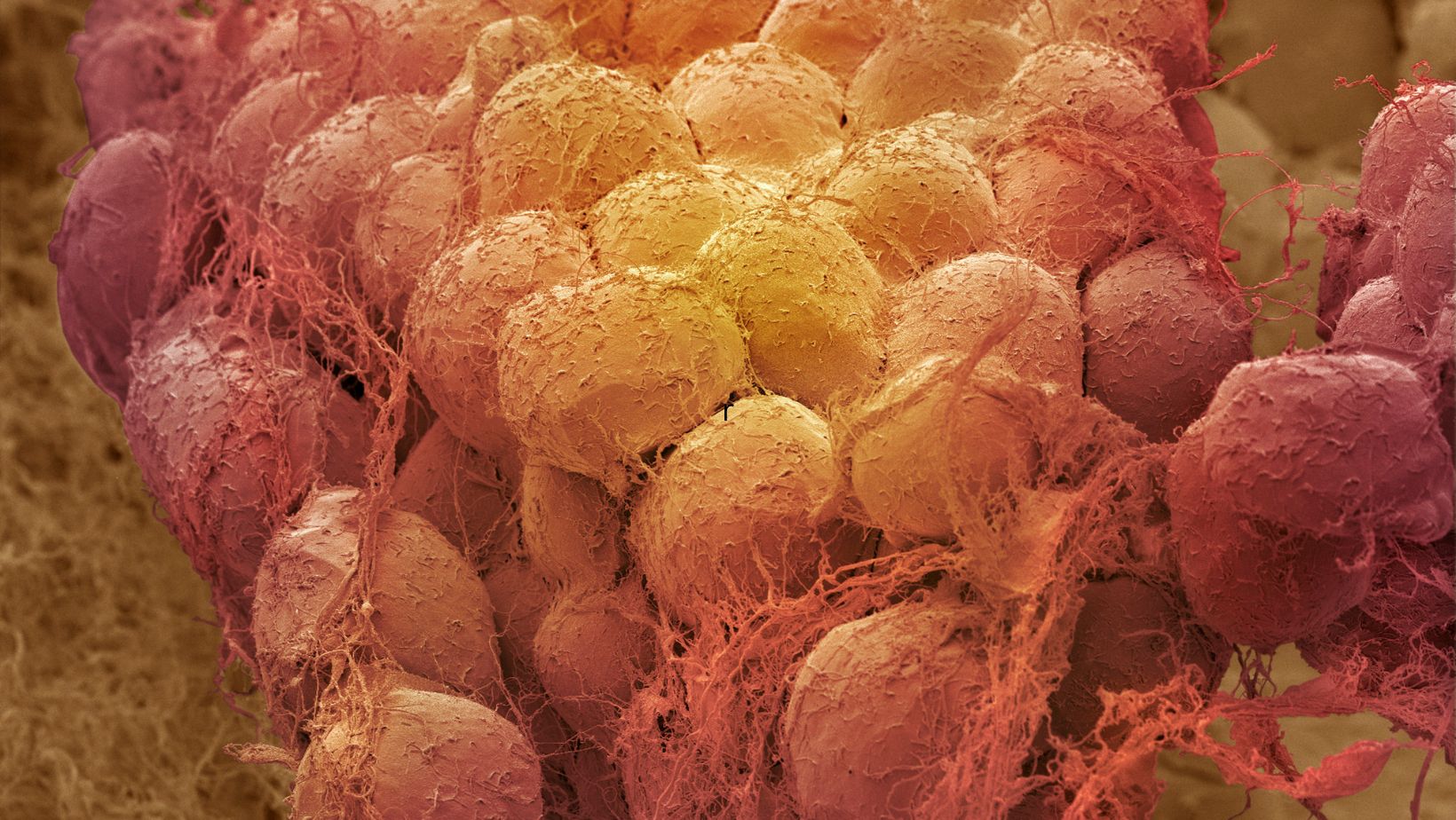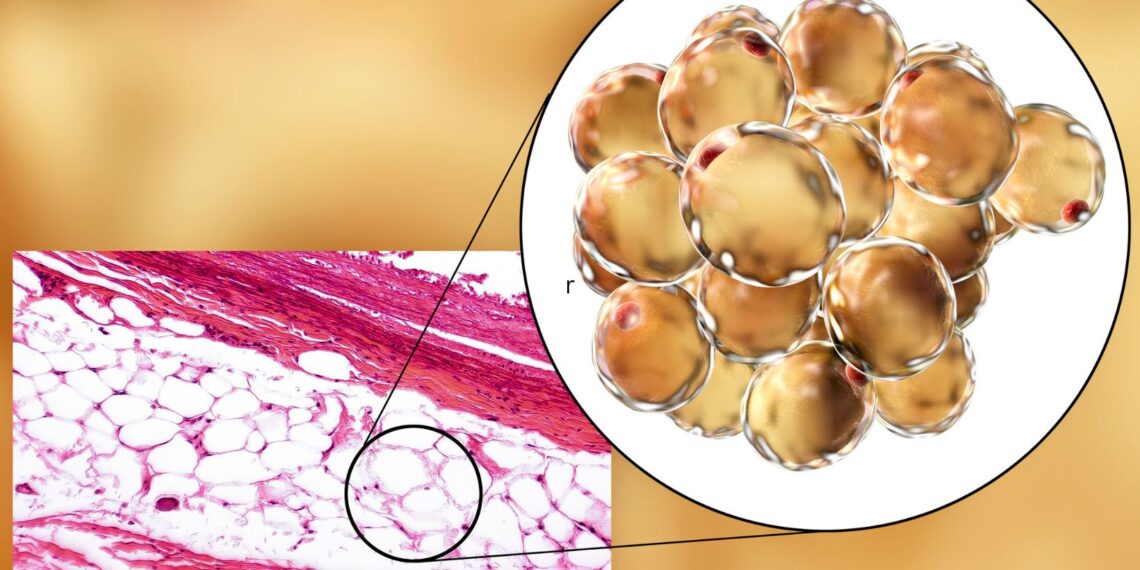Which Statement Accurately Describes Brown Adipose Tissue
Brown adipose tissue, or BAT, is a type of fat tissue that plays a unique role in our bodies. Unlike white adipose tissue, which stores energy, BAT is responsible for generating heat through a process called thermogenesis. This makes it a key player in regulating body temperature and energy balance. In recent years, there has been growing interest in the potential health benefits of activating and increasing BAT activity. In this article, I will explore the different statements about BAT and identify which one accurately describes its function and significance.
Statement 1: Brown adipose tissue is only found in infants and disappears in adulthood. Statement 2: Brown adipose tissue is primarily involved in storing excess energy as fat. Statement 3: Brown adipose tissue is responsible for generating heat by burning calories.
Which of these statements accurately describes brown adipose tissue? Let’s dive deeper into the fascinating world of BAT and uncover the truth.
What is Brown Adipose Tissue?
Brown adipose tissue (BAT) is a specialized type of fat tissue that plays a crucial role in regulating body temperature and energy balance. Unlike white adipose tissue, which primarily stores energy, BAT generates heat through a process called thermogenesis. This unique function makes BAT an important player in maintaining a healthy metabolism.
BAT gets its name from its distinct brown color, which is due to the high concentration of mitochondria in its cells. Mitochondria are often referred to as the “powerhouses” of cells because they produce energy. In BAT, these mitochondria are specifically designed to produce heat by burning stored fat. This process helps to keep the body warm and can also aid in weight management.
In recent years, there has been growing interest in harnessing the potential of BAT for therapeutic purposes. Researchers are exploring ways to activate BAT in order to increase energy expenditure and potentially treat conditions such as obesity and metabolic disorders. While more research is needed, the discovery of BAT’s unique properties has opened up exciting possibilities in the field of metabolic health.
Overall, brown adipose tissue is a fascinating and important part of our body’s thermoregulatory and metabolic systems. Its ability to generate heat and increase energy expenditure makes it a potential target for interventions aimed at improving metabolic health.

Characteristics of Brown Adipose Tissue
Brown adipose tissue (BAT) is a highly specialized type of fat tissue that sets it apart from white adipose tissue. Here are some key characteristics of brown adipose tissue:
- Thermogenesis: Unlike white adipose tissue, which primarily stores energy, brown adipose tissue is highly involved in thermogenesis. It is packed with a large number of mitochondria, which are responsible for generating heat. This unique function helps to regulate body temperature and increase energy expenditure.
- Uncoupling Protein 1 (UCP1): Brown adipose tissue expresses a protein called UCP1, which plays a crucial role in thermogenesis. UCP1 uncouples the process of ATP synthesis from mitochondrial respiration, leading to the generation of heat instead of energy storage. This mechanism allows brown adipose tissue to burn excess calories to maintain body temperature.
- High Vascularization: Brown adipose tissue is highly vascularized, meaning it has an extensive network of blood vessels. This enables efficient distribution of heat throughout the body, leading to effective regulation of body temperature.
- Brown Adipocytes: Brown adipose tissue contains specialized cells called brown adipocytes. These cells are rich in mitochondria and have a unique appearance due to the presence of multiple lipid droplets. The mitochondria in brown adipocytes have a high concentration of thermogenic proteins, allowing for increased heat production.
- Distribution in the Body: In adults, brown adipose tissue is primarily located in specific areas such as the neck, upper back, and around the major blood vessels. However, recent studies have shown that brown adipose tissue can also be found in smaller amounts in other regions of the body, including the liver and skeletal muscle.
Understanding the characteristics of brown adipose tissue is crucial in exploring its potential therapeutic applications. By harnessing the unique properties of BAT, researchers are actively investigating its role in combating obesity and metabolic disorders. So, let’s dive deeper into the potential benefits and challenges in the next section.













